Geometry
Introduction
Fractals
Fibonacci and Phi
Beyond Nature
"Geometry is the archetype of the beauty of the world."
–Johannes Kepler
History
Euclid


One of the most studied books in the world is Euclid’s Elements. Euclid is known as the “Father of Geometry” (Campbell & Hayhurst, 2015), and his collections of definitions, axioms, and postulates served as the foundation upon which modern geometry would grow. Campbell and Hayhurst, from the source above, also point out that the word geometry means “earth measuring”, which shows that even Euclid, who lived earlier than 300 BC, was trying to connect nature and mathematics. Euclid’s basic geometry centers around things that can be found or proven using largely only a straightedge and a compass. Though this may sound basic compared to the technology available to contemporary mathematicians, it is a crucial beginning. Euclid inspired thinking in countless future mathematicians, including the famed Isaac Newton (Norton, 2006).
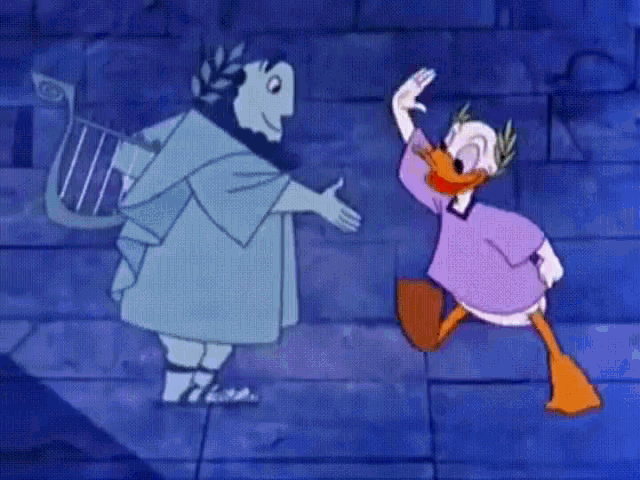
Explanation/Application of Mathematics
Tessellations
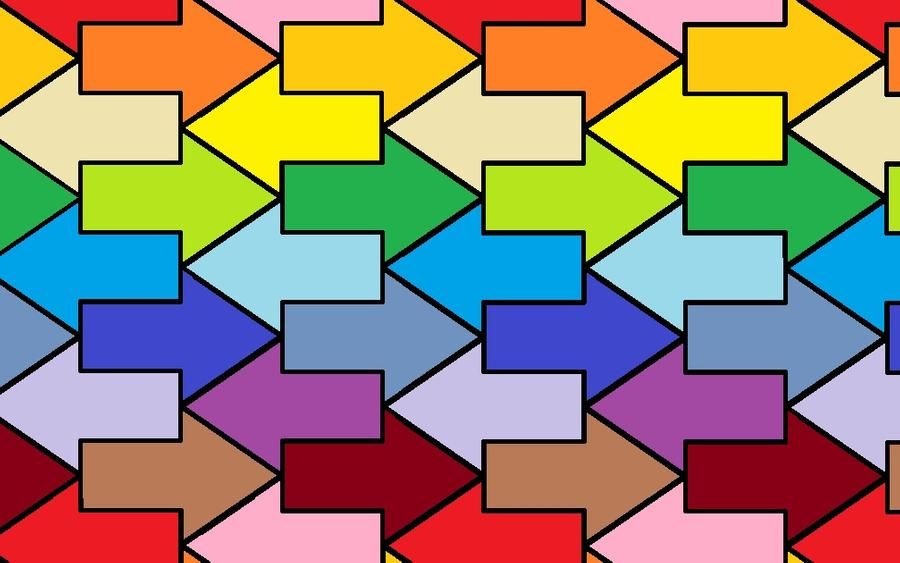
Did you know bees can use mathematics? Consider honeycomb. It is made of many repetitions of hexagons joined together. Why would bees choose this shape? This repetition in the honeycomb is called a tessellation. A tessellation, also called a tiling, is “a covering of the plane by closed shapes that is without gaps or overlaps” (Schattschneider, 1992). A regular tessellation is then a tiling where the sides and angles of each shape are congruent, which follows from the definition of a regular polygon.
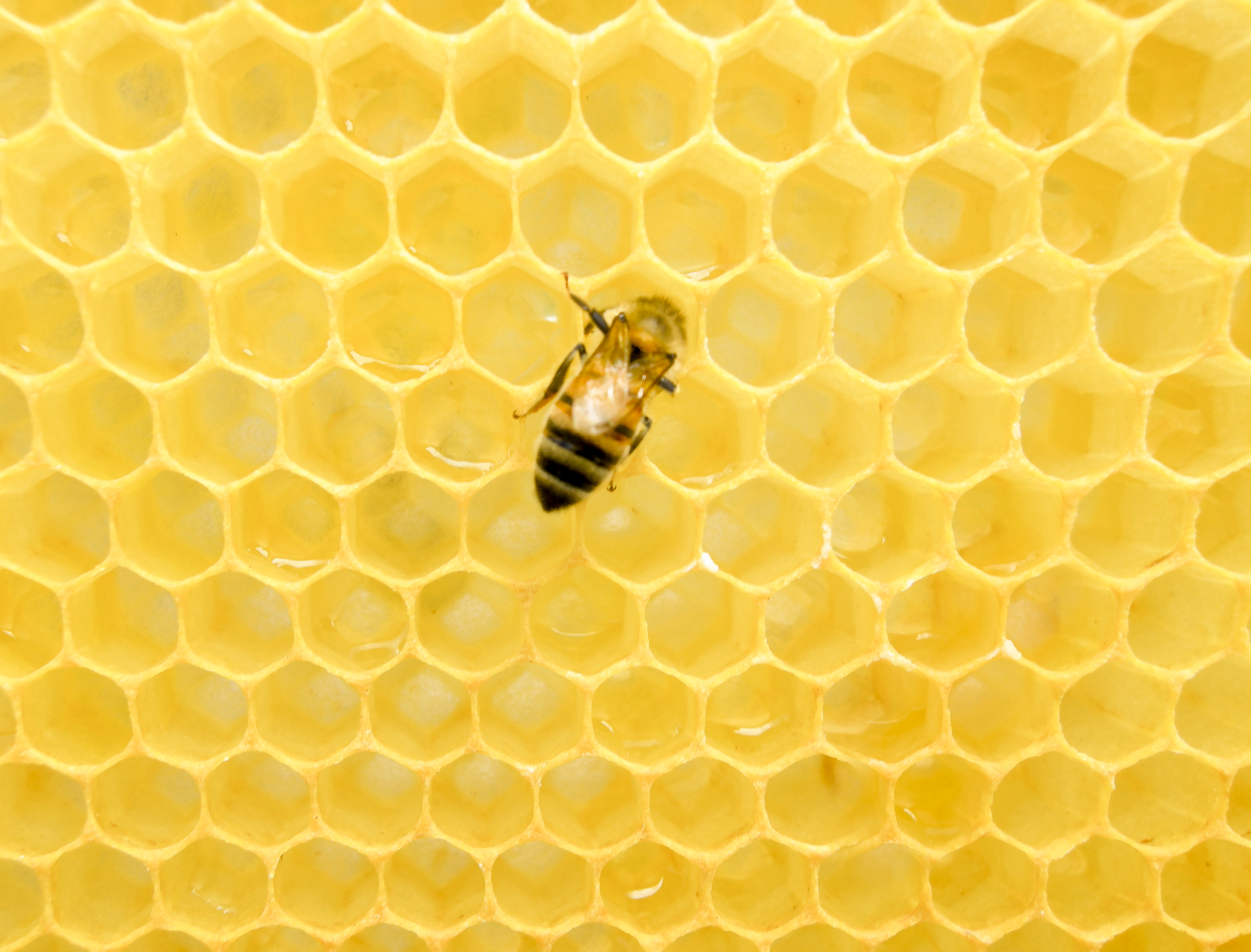
This would make honeycomb then a regular hexagonal tessellation. These regular hexagonal tessellations are valuable because they can a) minimize the average perimeter of the parts in a Euclidean plane, while still b) maximizing the average area of the parts in the same plane (Tóth, L. F., 1964). This enriches the capability of the bee’s space since it does not leave gaps in their structure, it requires less wax to make the hexagonal outlines, and it leaves space for the production and storage of nectar is used for. Bees’ use of mathematics, specifically geometry, is incredible in the ways that it can benefit their honeycomb structures.
<
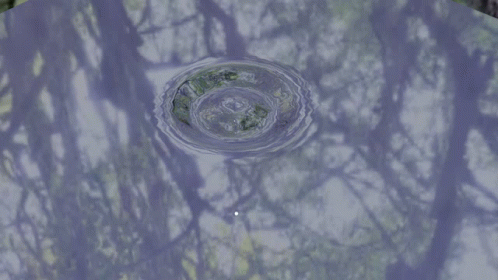
Concentric Circles

Concentric circles are circles with different radii that all share the same center. One example of concentric circles appearing in nature are ripples in a pond. When a rock is thrown into water, undulating concentric circles ripple out from the center where the rock initially hit. As they lose energy, the outer rings get smaller until the ripples eventually dissipate (Fleming, 1902). Though these waves are all different sizes (have different radii), they all come from the same central origin point, and the distance from that initial point to a point on the wave is consistent for every point on the wave.
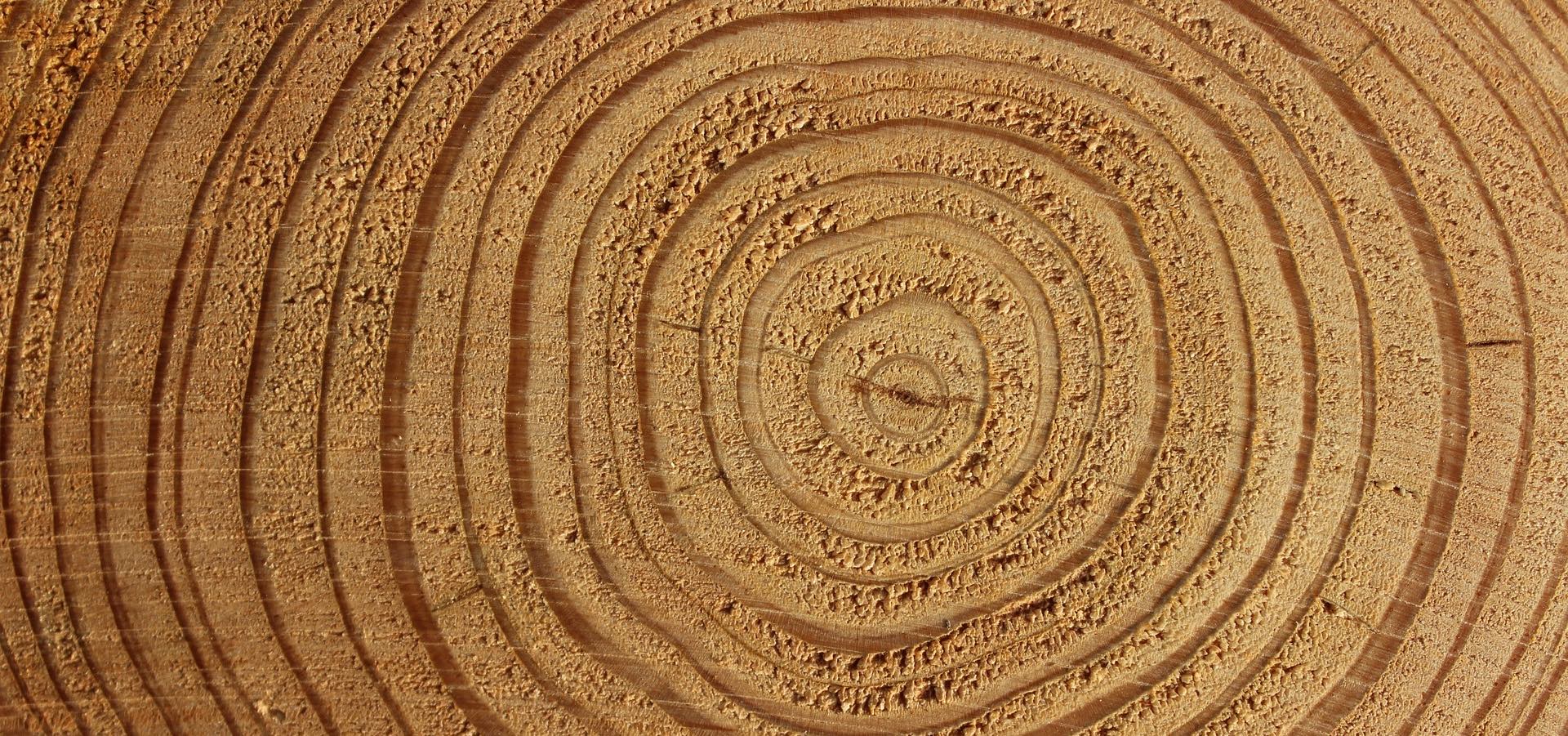
Concentric circles also appear in tree trunks. When a tree is cut so that it became only a stump, rings appear in the stump of the tree that are able to be counted. Trees grow a new ring around the outside of their older rings each year as temperatures change and they age (Ross, 2014). Since these new rings are all forming around the outer edge of the tree, they all share the same center. These rings allow scientists to determine the age of a tree by counting its rings.
Use this applet to explore the connection between geometry and flowers
References







